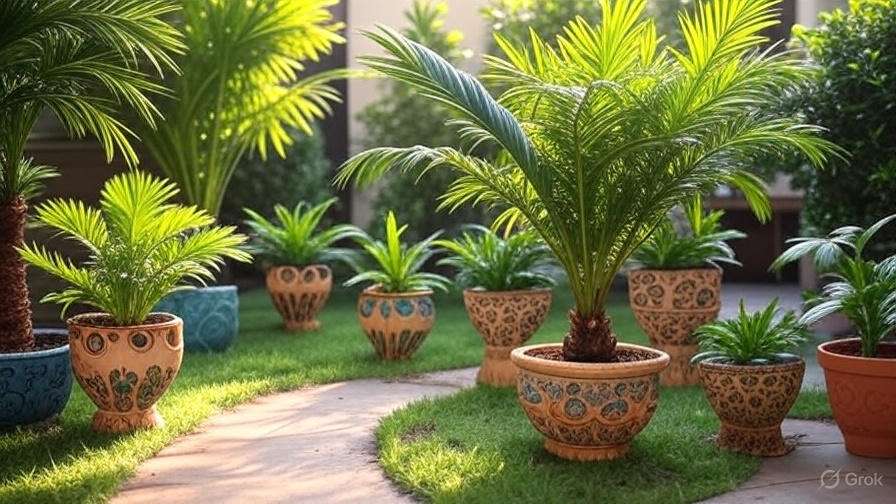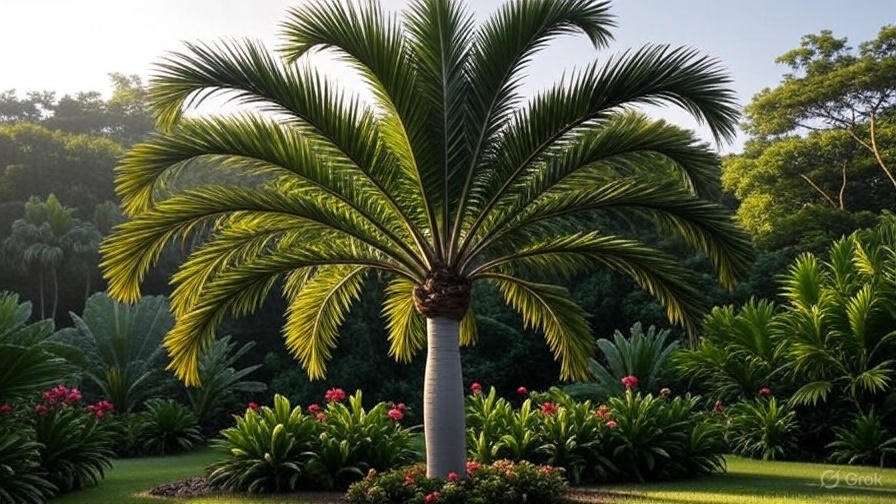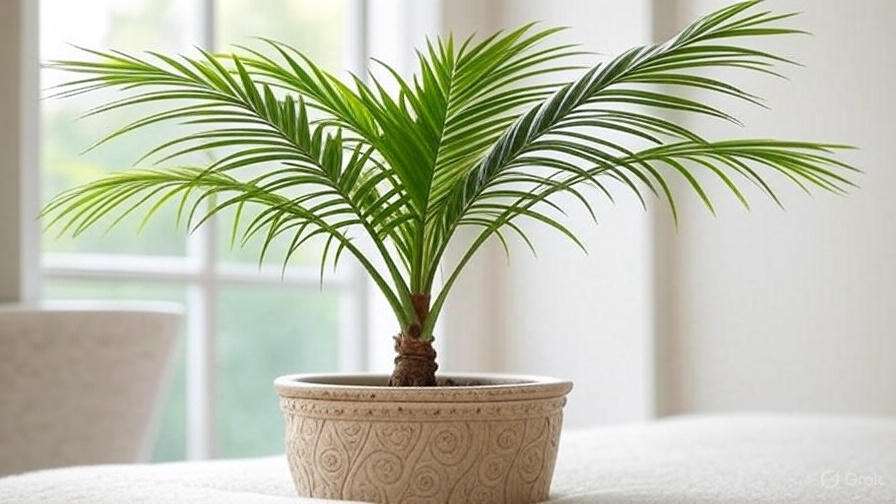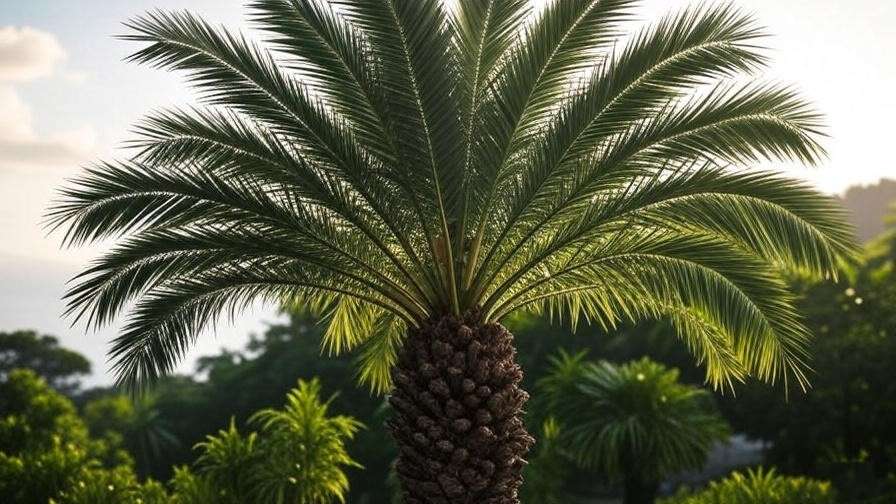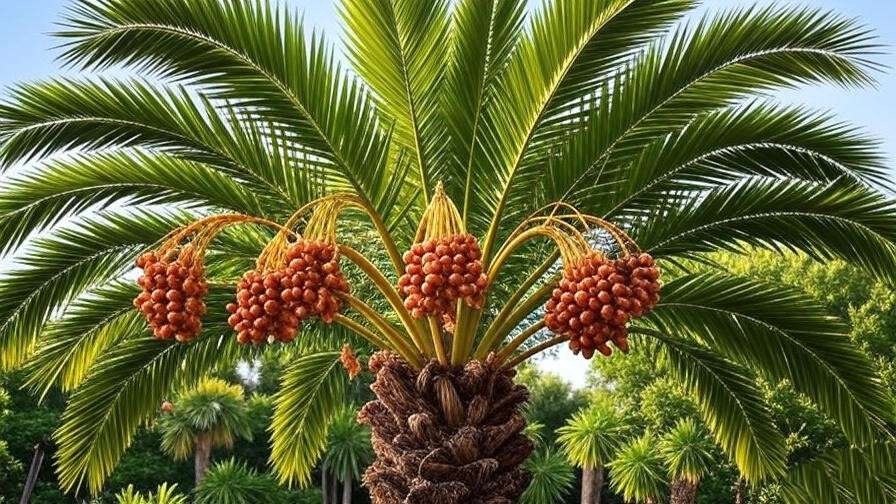Imagine transforming your home or garden into a tropical paradise with the striking, low-maintenance cardboard palm plant! 🌿 Known scientifically as Zamia furfuracea, this unique cycad, with its stiff, leathery fronds, is a favorite among plant enthusiasts for its bold aesthetic and resilience. Whether you’re a beginner or a seasoned gardener, mastering cardboard palm plant care can elevate your space while solving common plant care challenges. In this comprehensive guide, written by a horticultural expert with over a decade of experience in tropical plant cultivation, you’ll discover actionable tips to ensure your cardboard palm thrives. From light and watering to propagation and troubleshooting, we’ve got you covered with expert insights to make your plant care journey a success.
1. Understanding the Cardboard Palm Plant 🌱
1.1 What Is a Cardboard Palm?
The cardboard palm, or Zamia furfuracea, isn’t a true palm but a cycad, a prehistoric plant family known for its durability. Native to the coastal regions of Veracruz, Mexico, this plant features rosettes of thick, glossy fronds that resemble cardboard in texture, hence its name. Growing up to 3–5 feet tall and wide, it forms a compact, bushy shape that makes it a versatile addition to gardens or indoor spaces. Unlike true palms, cardboard palms are slow-growing and have a woody base, giving them a unique, sculptural appeal.
1.2 Why Choose a Cardboard Palm for Your Home or Garden?
The cardboard palm is a standout choice for several reasons:
- Low Maintenance: It thrives with minimal care, perfect for busy plant owners.
- Drought Tolerance: Ideal for arid climates or forgetful waterers.
- Aesthetic Versatility: Its bold foliage complements modern, tropical, or minimalist decor.
Compared to similar plants like the sago palm (Cycas revoluta), the cardboard palm is less prone to pest issues and has a more compact growth habit, making it easier to manage in small spaces.
2. Essential Care Requirements for a Thriving Cardboard Palm 🌞
2.1 Light Requirements
Cardboard palms flourish in bright, indirect light when grown indoors, making them ideal for spaces near east- or west-facing windows. Outdoors, they prefer partial shade to full sun, depending on your climate. In hotter regions, provide afternoon shade to prevent leaf scorch, while cooler climates can support full sun exposure. A common mistake is placing the plant in deep shade, which can stunt growth and dull its vibrant green color. Adjust light exposure seasonally, especially if you move your plant outdoors in summer.
Tip: If your indoor cardboard palm shows elongated, pale fronds, it’s likely craving more light. Gradually move it closer to a bright window or supplement with a grow light.
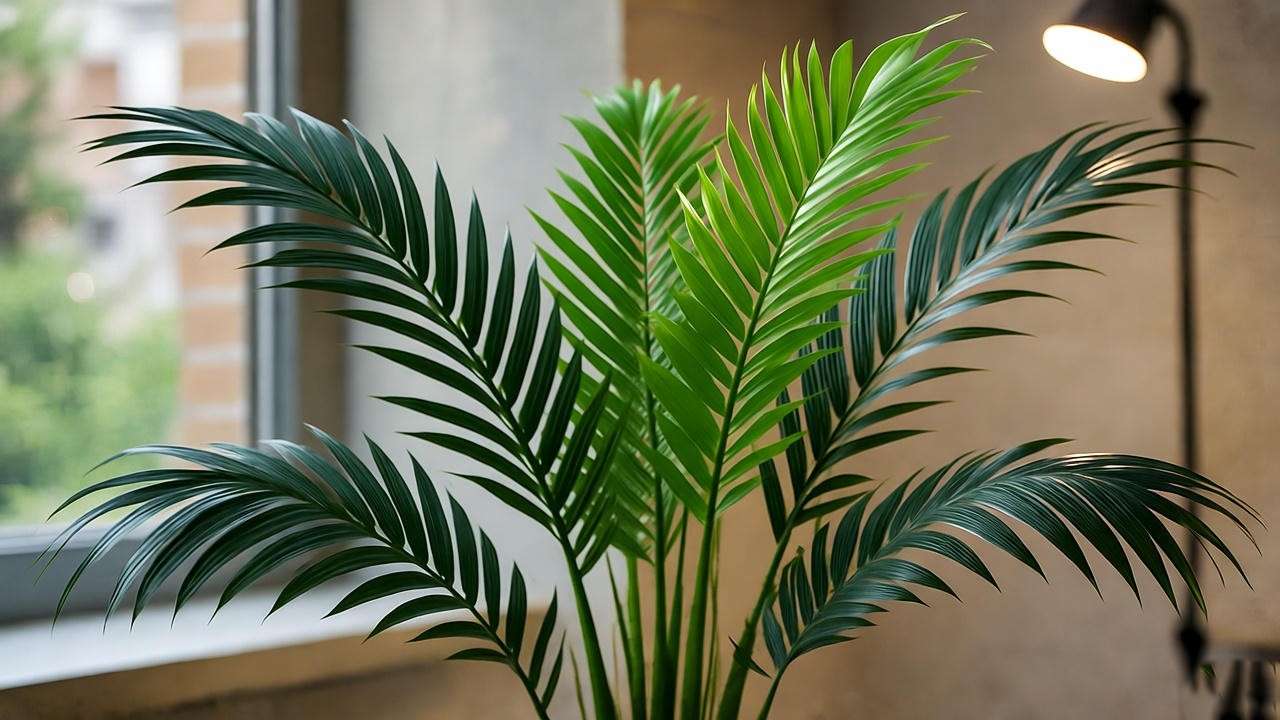
2.2 Watering Needs
Watering is where many cardboard palm owners go wrong. These plants prefer infrequent but thorough watering, allowing the soil to dry out completely between sessions. Overwatering is a leading cause of root rot, so check the top 2 inches of soil before watering. In spring and summer, water every 7–10 days, reducing to every 2–3 weeks in fall and winter. Signs of overwatering include yellowing fronds and mushy roots, while underwatered plants may have dry, crispy leaf tips.
Expert Tip: Use a pot with drainage holes and a saucer to catch excess water, ensuring roots stay healthy and aerated.
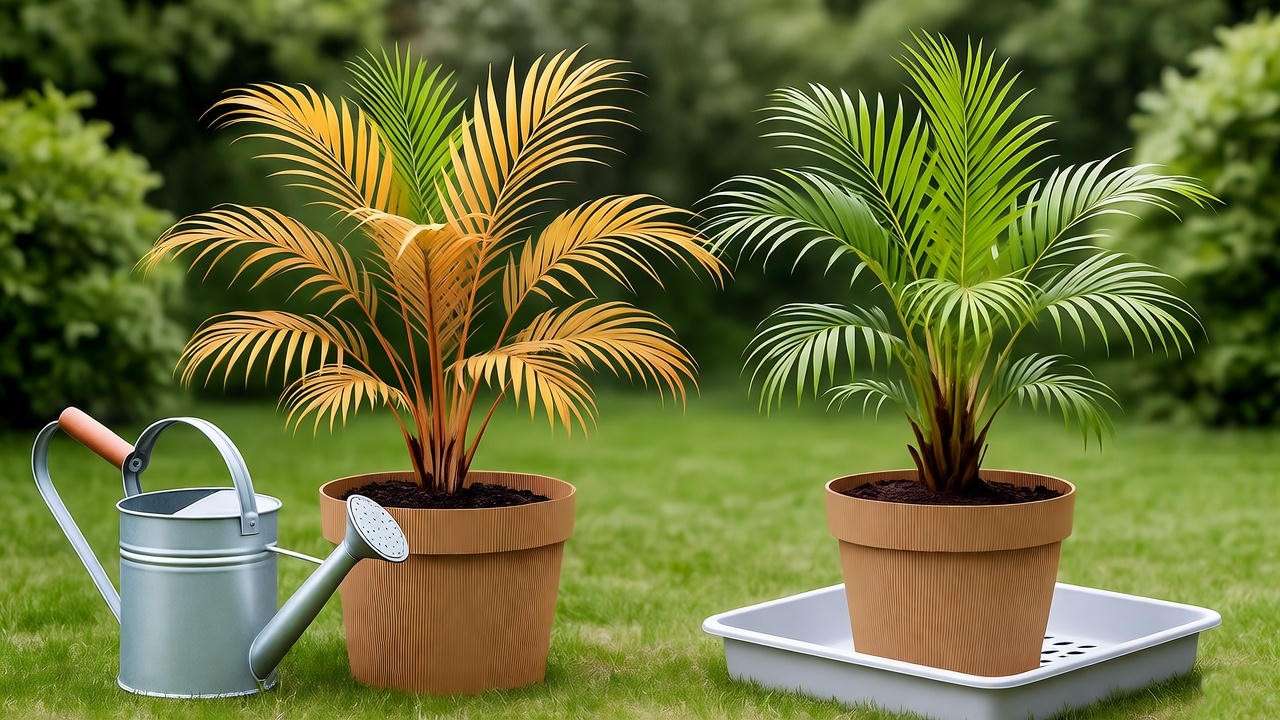
2.3 Soil and Potting
Cardboard palms thrive in sandy, well-draining soil with some organic matter. A mix of 50% potting soil, 30% sand, and 20% perlite or pumice works well. For potted plants, choose a container with ample drainage holes to prevent waterlogging. Repot every 2–3 years or when roots become crowded, typically in spring. When repotting, gently loosen the root ball and refresh the soil to encourage healthy growth.
Outdoor Tip: If planting in the ground, amend heavy clay soils with sand and compost to improve drainage.
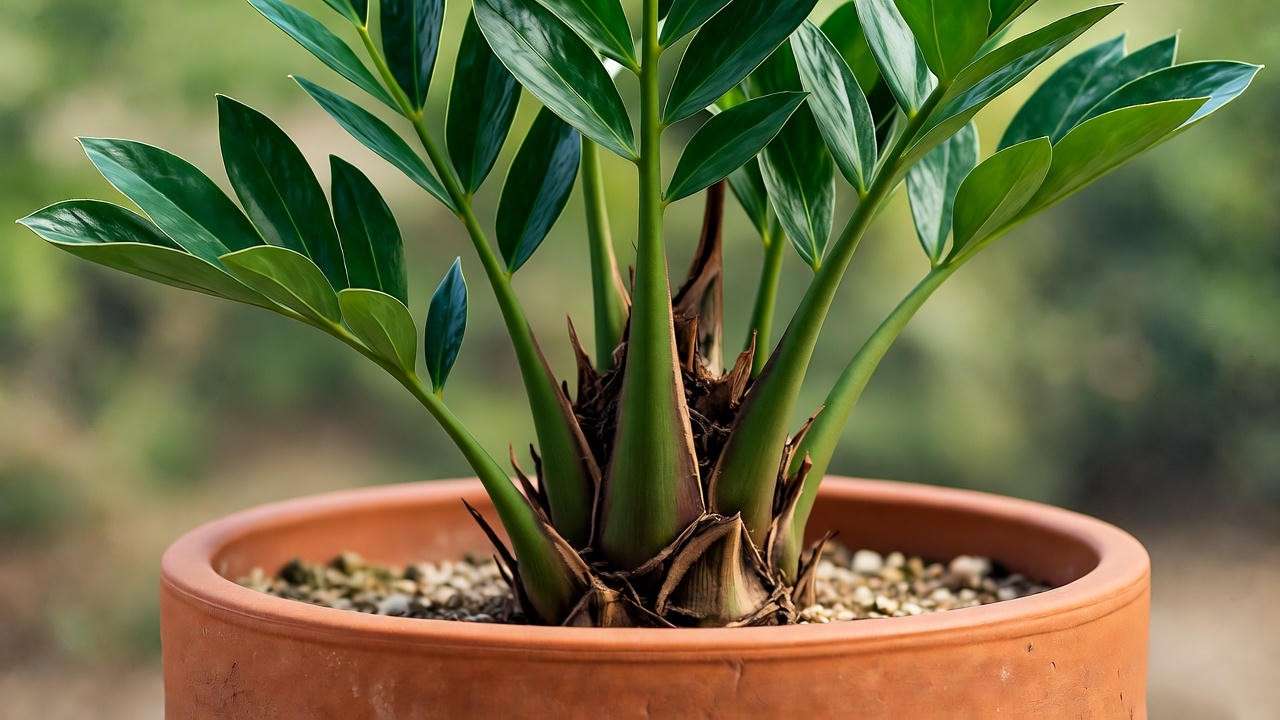
2.4 Temperature and Humidity
Cardboard palms prefer temperatures between 60–85°F (15–29°C), making them well-suited for warm climates or indoor environments. They can tolerate brief dips to 50°F (10°C) but should be protected from frost, which can damage fronds. Moderate humidity is ideal, but these plants adapt well to lower humidity levels, making them forgiving for indoor growers. In dry climates, occasional misting or a nearby humidifier can boost foliage vibrancy.
Winter Care: If grown outdoors in cooler zones, use frost blankets or bring potted plants indoors during cold snaps.
3. Fertilizing and Feeding Your Cardboard Palm 🌿
3.1 When and How to Fertilize
To keep your cardboard palm lush and healthy, fertilize during the growing season (spring and summer). Use a balanced, slow-release fertilizer like 10-10-10 or a palm-specific formula, applied every 6–8 weeks. Dilute liquid fertilizers to half strength to avoid nutrient burn. Avoid fertilizing in fall and winter when the plant is dormant, as excess nutrients can accumulate in the soil and harm roots.
Expert Insight: Always water the plant before fertilizing to prevent root burn and ensure even nutrient distribution.
3.2 Signs of Nutrient Deficiency
Yellowing fronds or stunted growth may indicate nutrient deficiencies. Common issues include:
- Nitrogen Deficiency: Pale, yellow leaves; correct with a balanced fertilizer.
- Magnesium Deficiency: Yellowing between leaf veins; apply Epsom salts (magnesium sulfate) as a supplement.
Regular soil testing can help you monitor nutrient levels and adjust your feeding regimen.
4. Pruning and Maintenance ✂️
4.1 Pruning Dead or Damaged Fronds
Pruning is minimal for cardboard palms but essential for maintaining their tidy appearance. Use clean, sharp pruning shears to remove dead, yellow, or damaged fronds at the base, cutting close to the stem without damaging healthy tissue. Prune in spring to encourage new growth. Avoid cutting green fronds, as this can stress the plant.
Safety Note: Wear gloves when pruning, as cardboard palms are toxic and can irritate skin.
4.2 Cleaning and Grooming
Dust on fronds can block sunlight and hinder photosynthesis. Wipe leaves gently with a damp cloth every few weeks to keep them glossy and healthy. For outdoor plants, a gentle rinse with a hose can remove dust and debris. Regular grooming enhances the plant’s appearance and promotes vigorous growth.
5. Common Problems and Solutions 🐞
5.1 Pests Affecting Cardboard Palms
Cardboard palms are relatively pest-resistant but may occasionally attract scale insects, mealybugs, or spider mites. Look for sticky residue, white cottony patches, or webbing on fronds. Treat infestations promptly with:
- Neem Oil: Dilute and spray affected areas every 7–10 days.
- Insecticidal Soap: Apply to pests directly, avoiding overuse to protect foliage.
Prevent pests by inspecting plants regularly and maintaining proper care.
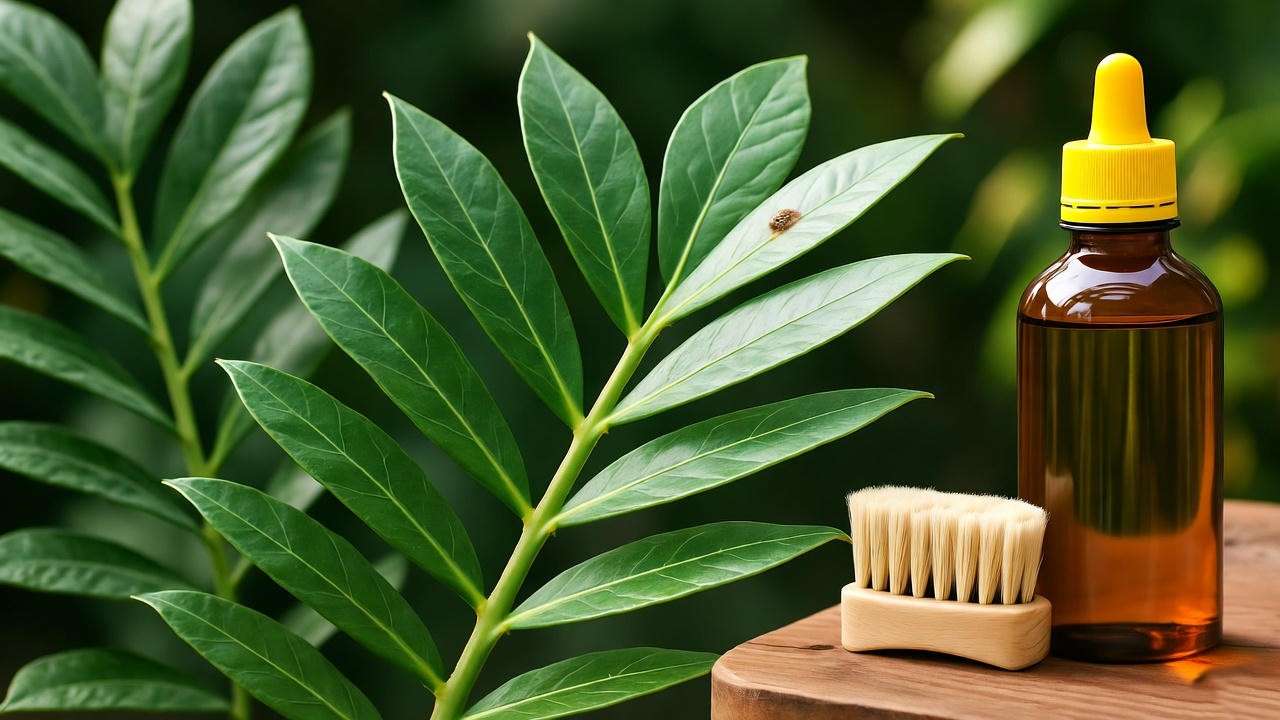
5.2 Diseases and How to Prevent Them
Root rot, caused by overwatering or poor drainage, is the most common disease. Symptoms include soft, blackened roots and wilting fronds. To prevent it:
- Ensure proper drainage with a well-draining soil mix.
- Avoid letting pots sit in standing water.
- Treat early signs of rot by repotting in fresh soil and trimming affected roots.
Fungal infections are rare but can be managed with fungicides if detected early.
5.3 Troubleshooting Growth Issues
If your cardboard palm isn’t thriving, consider these issues:
- Slow Growth: Normal for cycads; ensure adequate light and nutrients.
- Yellow Fronds: Check for overwatering, nutrient deficiency, or insufficient light.
- Brown Tips: Often due to underwatering or low humidity; adjust care accordingly.
Case Study: A reader in Florida revived their struggling cardboard palm by moving it to a brighter spot and reducing watering frequency, resulting in vibrant new fronds within months.
6. Propagating Your Cardboard Palm 🌱
6.1 Propagation Methods
Propagating a cardboard palm plant is a rewarding way to expand your collection or share this stunning plant with others. The two primary methods are seed propagation and offsets (pups), each requiring patience due to the plant’s slow growth.
- Seed Propagation: Cardboard palms are dioecious, meaning male and female plants are needed to produce viable seeds. Female plants produce bright orange seeds in cone-like structures. To propagate:
- Collect ripe seeds, clean off the fleshy coating (wear gloves, as seeds are toxic).
- Soak seeds in water for 24–48 hours to soften the hard outer shell.
- Plant seeds in a well-draining mix of sand and perlite, covering lightly.
- Keep the soil moist and warm (75–85°F or 24–29°C). Germination can take 3–6 months.
- Offsets (Pups): Cardboard palms often produce small offsets at the base. To propagate:
- Carefully separate pups from the parent plant using a sterile knife.
- Allow the cut surface to callous for 1–2 days to prevent rot.
- Plant the pup in a small pot with well-draining soil and water sparingly.
- Place in bright, indirect light and expect rooting within a few months.
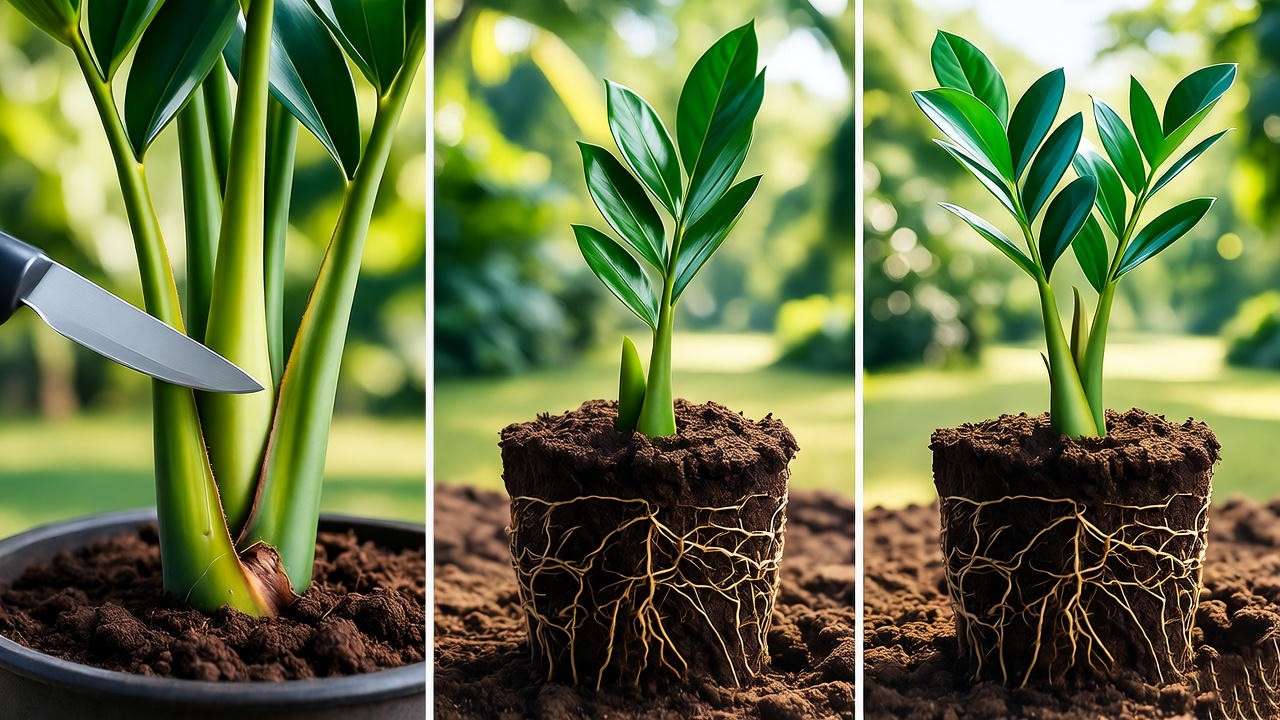
6.2 Tips for Successful Propagation
- Best Time: Spring is ideal, as warmer temperatures encourage root development.
- Patience is Key: Cardboard palms grow slowly, so don’t expect rapid results.
- Sterility Matters: Use clean tools to avoid introducing pathogens during propagation.
- Expert Insight: Mist the soil lightly during seed germination to maintain consistent moisture without waterlogging.
7. Indoor vs. Outdoor Growing: Key Considerations 🏡
7.1 Growing Cardboard Palms Indoors
Cardboard palms make excellent houseplants due to their adaptability and compact size. To succeed indoors:
- Light: Place near a bright, east- or west-facing window or use a full-spectrum grow light for 10–12 hours daily.
- Humidity: Maintain moderate humidity (40–50%) with a humidifier or pebble tray in dry environments.
- Air Circulation: Ensure good airflow to prevent fungal issues, especially in humid conditions.
- Pot Selection: Choose a pot with drainage holes and a sturdy base to support the plant’s weight.
Tip: Rotate the pot every few weeks to ensure even light exposure and balanced growth.
7.2 Growing Cardboard Palms Outdoors
Cardboard palms thrive in USDA zones 9–11, where they can be planted in the ground or grown in large containers. Key considerations:
- Climate: Ideal for warm, coastal regions with mild winters. Protect from temperatures below 50°F (10°C).
- Sun Exposure: Partial shade is best in hot climates; full sun works in cooler regions.
- Weather Protection: Use frost blankets or move potted plants indoors during cold snaps.
- Landscaping Ideas: Pair with low-growing succulents or tropical plants like bird of paradise for a vibrant garden display.
Design Tip: Use cardboard palms as focal points in rock gardens or as borders along pathways for a tropical aesthetic.
8. Expert Tips for Long-Term Success 🌟
To ensure your cardboard palm plant remains a showstopper for years, follow these expert-backed strategies:
- Seasonal Adjustments:
- Spring/Summer: Increase watering and fertilizing to support active growth.
- Fall/Winter: Reduce watering and skip fertilizing to respect the plant’s dormancy.
- Companion Planting: Pair with plants like agave, aloe, or ornamental grasses to enhance visual appeal and maintain similar care needs.
- Sustainability: Opt for eco-friendly clay or terracotta pots and organic fertilizers to minimize environmental impact.
- Regular Monitoring: Check for pests or nutrient deficiencies monthly to catch issues early.
- Expert Quote: “Cardboard palms are a gardener’s dream for their resilience and striking form. With proper care, they can thrive for decades,” says Dr. Maria Lopez, a botanist specializing in cycads.
9. Frequently Asked Questions (FAQs) ❓
Is the Cardboard Palm Toxic to Pets?
Yes, cardboard palms are toxic to pets and humans if ingested, containing cycasin, which can cause severe gastrointestinal distress or liver damage. Keep plants out of reach of cats, dogs, and children. If ingestion occurs, contact a veterinarian or poison control immediately.
How Fast Does a Cardboard Palm Grow?
Cardboard palms are slow growers, typically adding only a few new fronds annually. Expect 1–2 inches of growth per year under optimal conditions. Patience is essential, as mature plants can take 5–10 years to reach their full size.
Can I Grow a Cardboard Palm in a Cold Climate?
In colder climates (below USDA zone 9), grow cardboard palms indoors or in containers that can be moved inside during winter. Use grow lights and maintain warm temperatures to mimic their natural habitat.
Why Are My Cardboard Palm’s Leaves Turning Yellow?
Yellowing leaves may result from:
- Overwatering: Check soil drainage and reduce watering frequency.
- Nutrient Deficiency: Apply a balanced fertilizer or magnesium supplement.
- Insufficient Light: Move to a brighter location or add supplemental lighting.
How Do I Know If My Cardboard Palm Is Healthy?
A healthy cardboard palm has glossy, dark green fronds, firm stems, and steady (though slow) growth. Watch for warning signs like yellowing, wilting, or pest activity, and address them promptly.
10. Conclusion
Growing a thriving cardboard palm plant is within reach for any plant lover with the right knowledge and care routine. By providing proper light, infrequent watering, well-draining soil, and occasional fertilizing, you can enjoy the tropical beauty of Zamia furfuracea for years to come. This guide, crafted with expertise from a seasoned horticulturist, equips you with everything you need to overcome common challenges and cultivate a vibrant, healthy plant. Start applying these tips today, and share your cardboard palm success stories with our community! 🌿 Explore more plant care guides on our website or join fellow enthusiasts to elevate your gardening journey.



